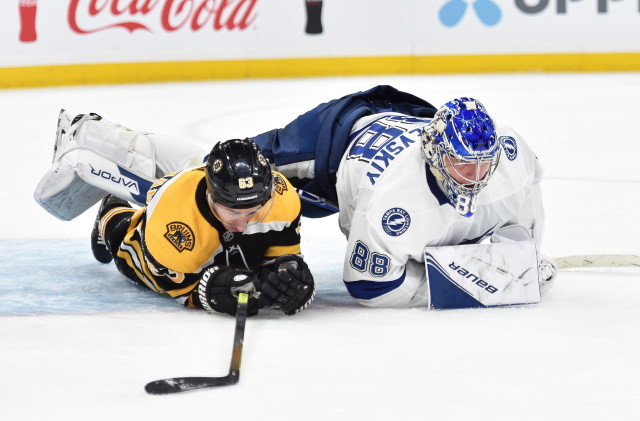For hockey fans, the long hiatus taken by the NHL and the other sports leagues across North America was just another reason to be upset regarding the ongoing pandemic. And when sports finally did return in late July, setbacks in baseball had many wondering if hockey would even see a game played.
Fortunately, unlike MLB the solution that was embraced by both the NHL and NBA was the use of “hub cities” where teams would play in a protective bubble.
The NBA settled on the Disney World campus in Orlando, Florida. Put a wall of video monitors on three sides of the court to bring in virtual fans and played out a shortened schedule to winnow the field down to 16 playoff teams.
The NHL decided to go with two “secure zones” on each side of the continent. After much consideration, the league chose Edmonton, Alberta, and Toronto, Ontario. Vancouver, British Columbia was considered and eliminated, as was Las Vegas, Nevada with some joking that players would be too tempted to try and learn how to become a high roller in Sin City.
Strict Health and Safety Guidelines
True be told, the primary reason why the NHL chose Edmonton and Toronto over the many other contenders has a lot to do with their good track record when it comes to slowing down the spread of Coronavirus. The health and safety of the players and the staff is the league’s top priority, and both Alberta and Ontario had excellent track records and the infrastructure to support a bubble.
Currently, each player lives in a single-occupancy hotel room, with teams occupying individual floors. Players are not allowed to access each other’s rooms. Each club will be assigned meeting places within the hotels and seated dining is limited to the restaurants and bars within each facility. Players and staff will be able to order contactless room service and delivery from restaurants available for pick-up.
The players and staff will be able to participate in organized excursions both inside and outside their “bubble”. Individuals may not leave except for exceptional cases upon approval by the league. To return, players will have to undergo mandatory isolation and additional testing.
When outside of their rooms, players and team staff are expected to wear masks at all times, except when exercising and playing. Players, team officials, staff, and referees and linemen will be subjected to nasal swabs, temperature checks, and symptom screenings every day.
There will be no visitors allowed until the third round of the playoffs. At the start of the Conference Finals, visitors including immediate family and significant others will be allowed limited contact, but only after mandatory testing and isolation.
How Players Are Handling Things?
Winnipeg Jets forward Adam Lowry told the CBC upon moving into the “bubble”.
“You know you’re going to be here hopefully for a while, just to get used to some of the protocols, wearing a mask, and make sure you’ve got your credentials on. Some of the things you fill out before you enter the rink, that’s going to take a couple of days to get used to, but that’s not anything that’s too drastic. We don’t get to grab our own food. That’s a little different, being served.”
Nashville Predators defender Mattias Ekholm added,
“You’ve got to make your little one-bedroom apartment here for the next couple of months as homey as you can.”
Fortunately, no players have tested positive through the first round of the playoffs. The league conducted 4,664 tests between August 16 and August 22 with zero positive tests among them. That’s four consecutive weeks the of zero positive COVID-19 tests results from its Edmonton and Toronto bubbles. The full NHL statement on COVID-19 testing results can be found here.
The league is currently in the Second Round of the Stanley Cup Playoffs with eight teams remaining. At the conclusion of this round, the NHL will leave close down the Toronto bubble and play the Conference Finals and Stanley Cup Finals in Edmonton.



